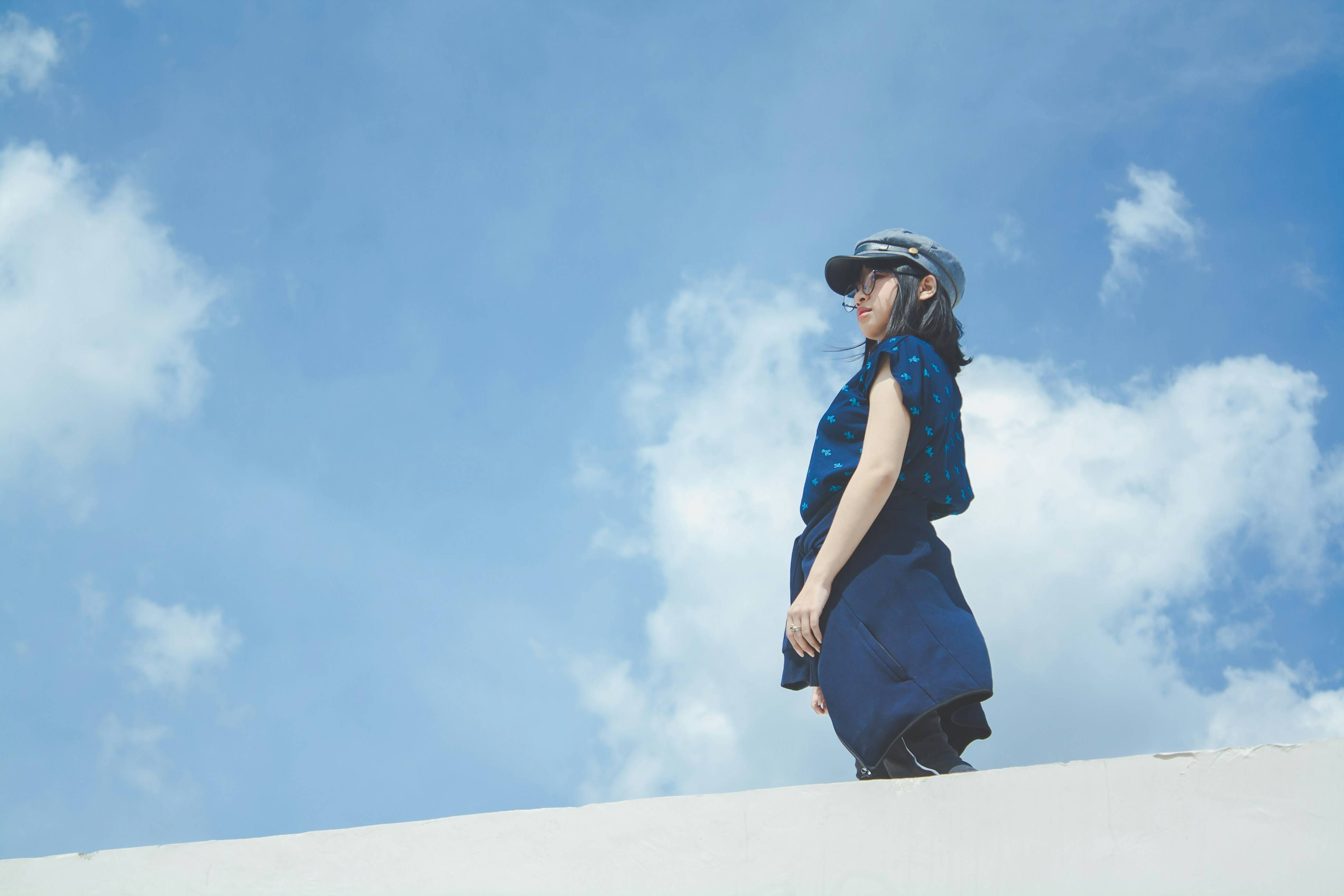
Understanding Beauty Standards Across Cultures
Explore how beauty standards vary across different cultures and societies, and what this means for attractiveness ratings.
Understanding Beauty Standards Across Cultures
Beauty standards have evolved dramatically throughout history and continue to vary significantly across different cultures and societies. What one culture considers the epitome of beauty, another might view as ordinary or even unattractive.
Historical Perspectives
Throughout history, beauty standards have been influenced by:
- Economic factors: In times of scarcity, fuller figures were considered beautiful as they signified wealth and abundance
- Social status: Certain features became associated with nobility and higher social classes
- Religious beliefs: Many cultures developed beauty ideals based on religious imagery and values
- Geographic influences: Climate and environment shaped preferences for certain physical traits
Cultural Variations
Western Beauty Standards
Modern Western beauty standards often emphasize:
- Symmetrical facial features
- Clear, youthful skin
- Specific body proportions
- Certain hair textures and colors
Eastern Beauty Standards
Many Eastern cultures value:
- Pale, porcelain-like skin
- Delicate, refined features
- Specific eye shapes and sizes
- Traditional proportions and grace
The Impact on Attractiveness Ratings
Understanding cultural context is crucial when interpreting attractiveness ratings because:
Conclusion
Beauty is truly in the eye of the beholder, and that eye is shaped by culture, history, and personal experience. The most attractive quality anyone can possess is confidence in their unique features and cultural heritage.